Google's Pixel 10 looks like it is rewriting the smartphone playbook. After years of struggling in the premium tier, Google finally hit a milestone: September 2025 marked Google's highest-ever single-month Pixel sales in the U.S., according to Counterpoint Research's North America Channel Share Tracker, and US Pixel sales jumped 28% year over year. Not a blip, a shift in how people see Google hardware. Remember when Pixel felt niche? Not anymore.
Long support seals the loop. If people expect seven years of meaningful updates, they are likely to stay put when it is time to upgrade, the same playbook that has served Apple so well. It tackles Google’s old problem, not just making a great device, but keeping the relationship.
Bottom line, Google pulled off one of the sharpest turnarounds in recent smartphone history, moving from premium obscurity to serious contender in three years. Pixel 10 is proof that a different strategy works, prioritizing intelligence and long-term value over short-term specs. Pixel 10 is the payoff of that strategy, not just catching a wave but reshaping what people expect from a phone. The only open question now is whether Google can keep its lead in the AI race it helped spark.








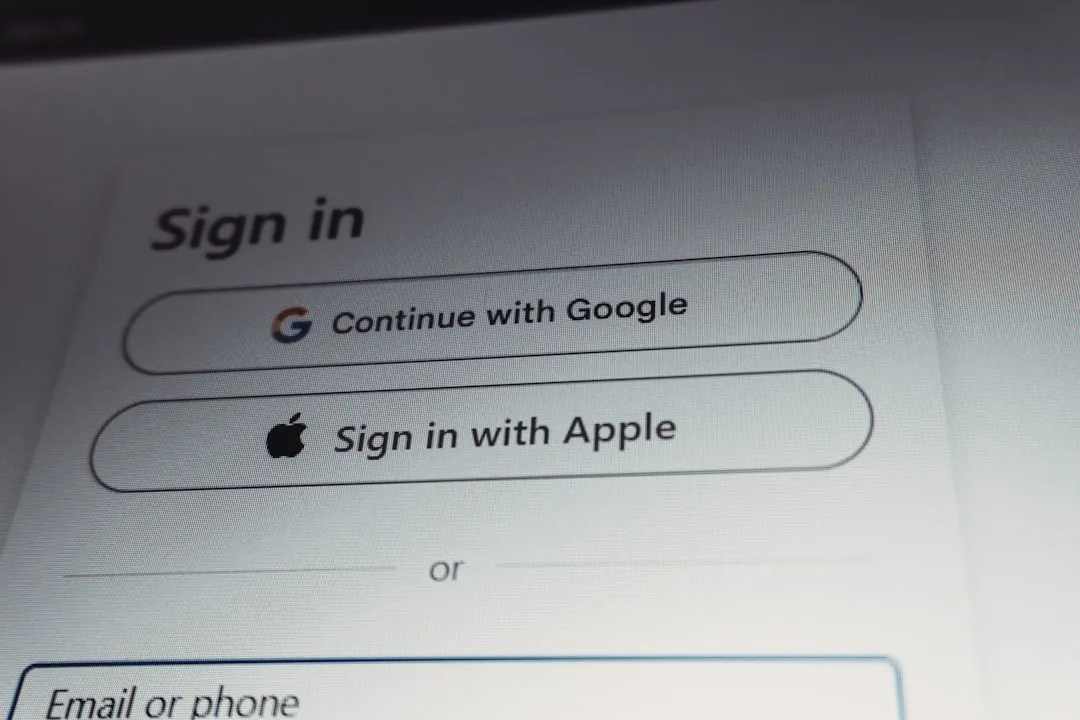

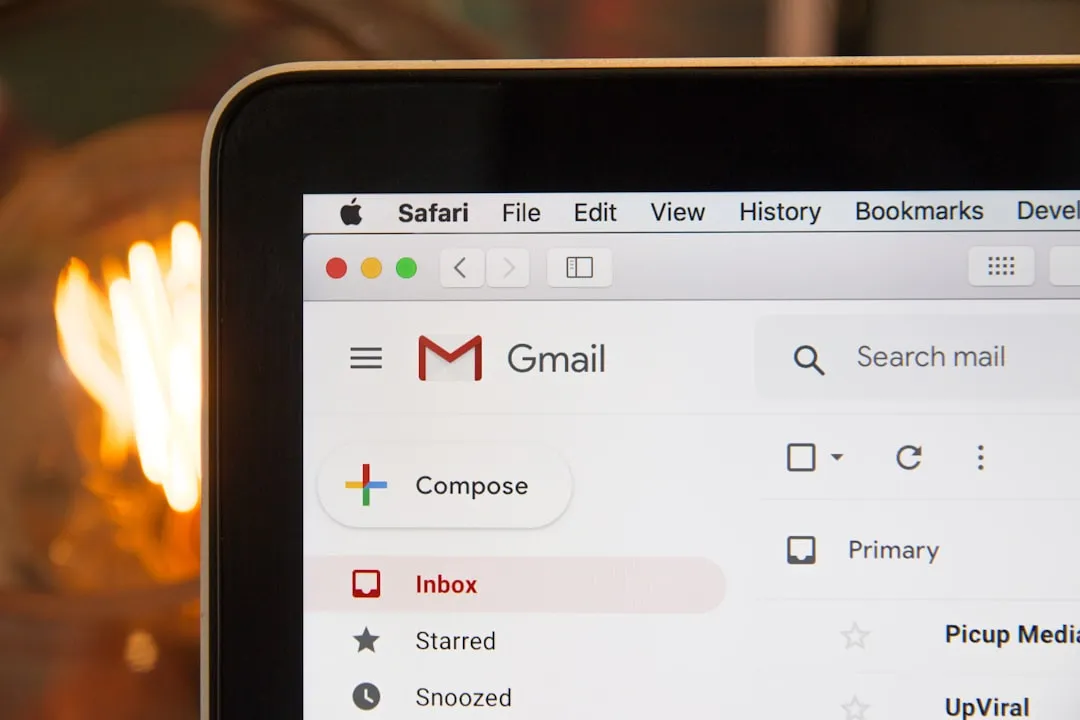
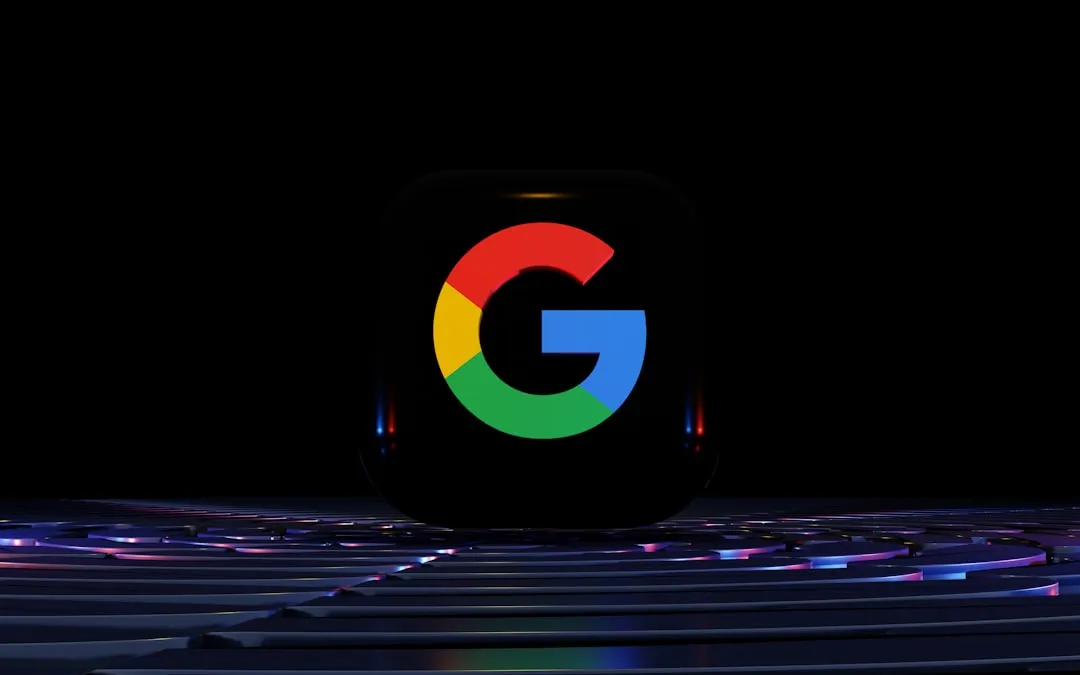


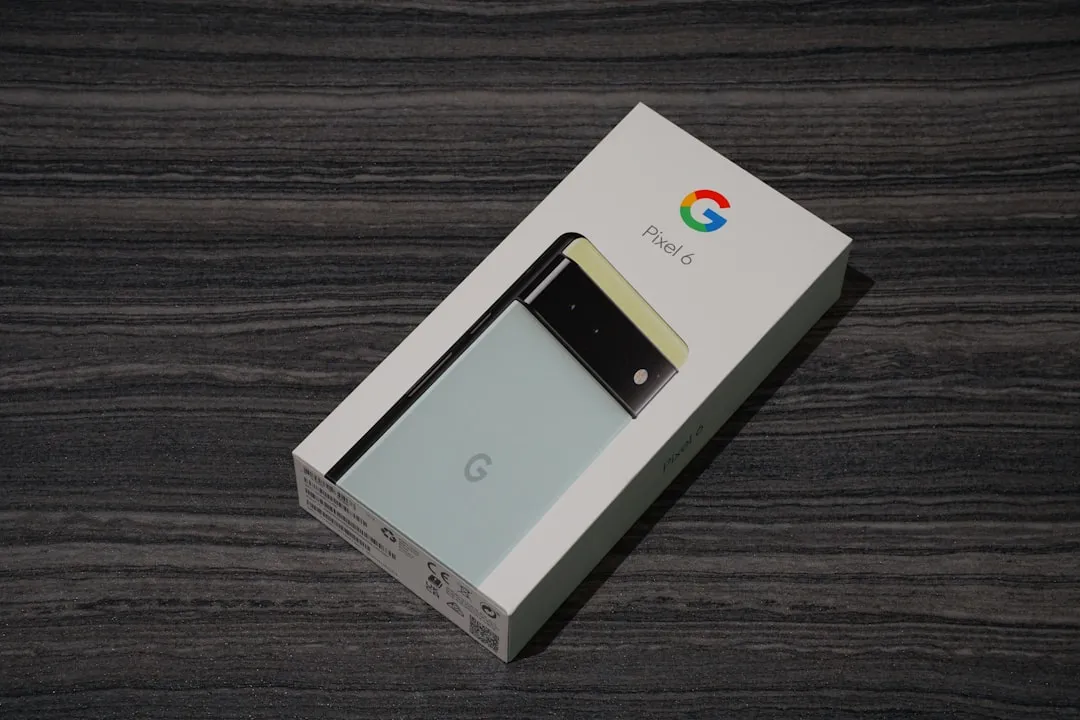

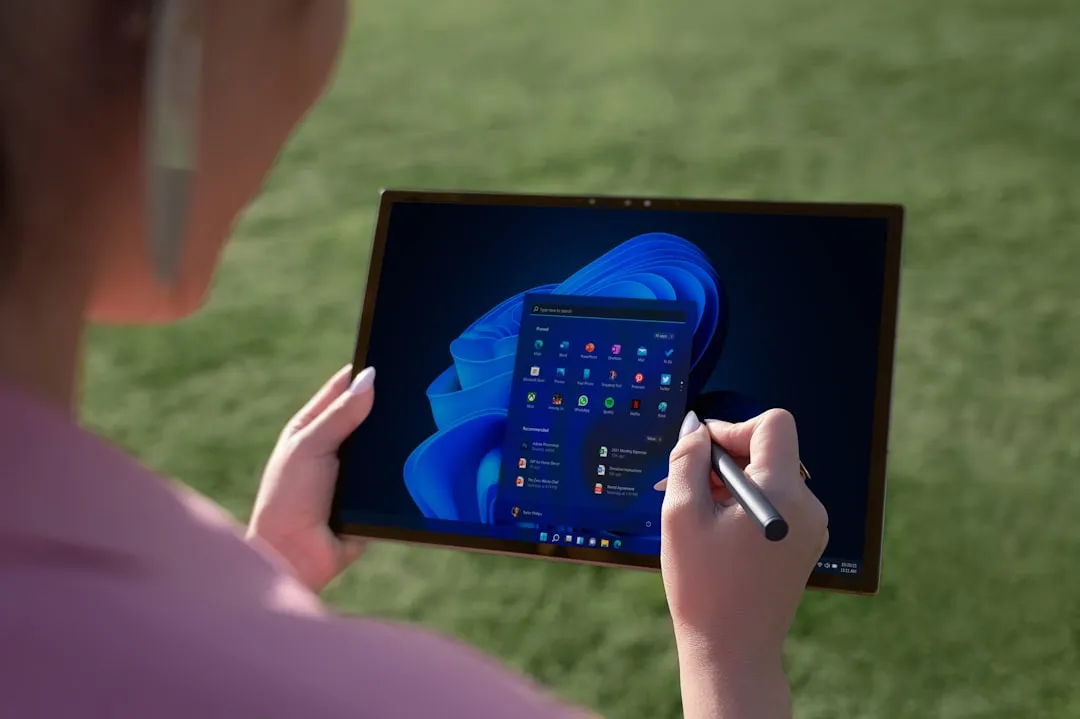


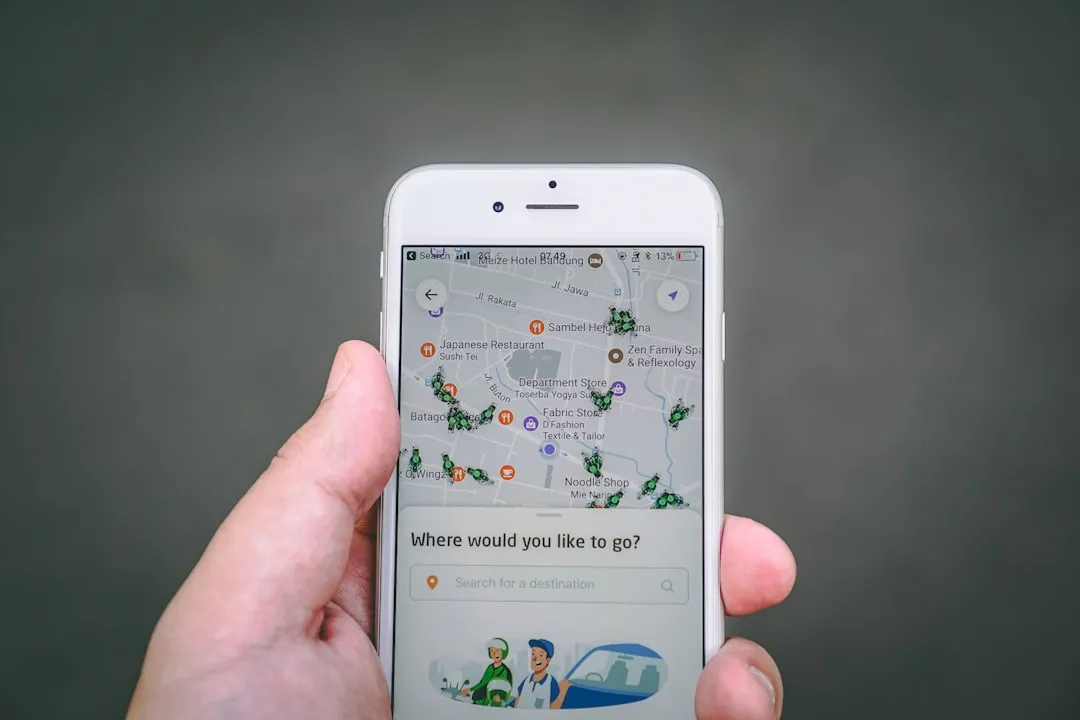


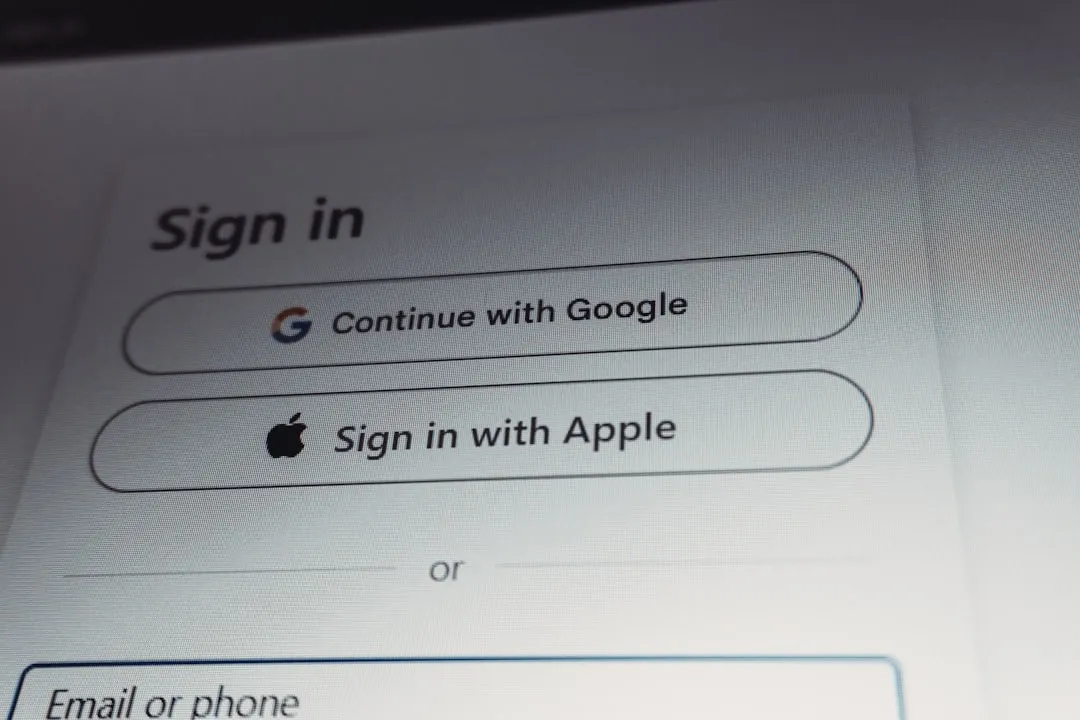
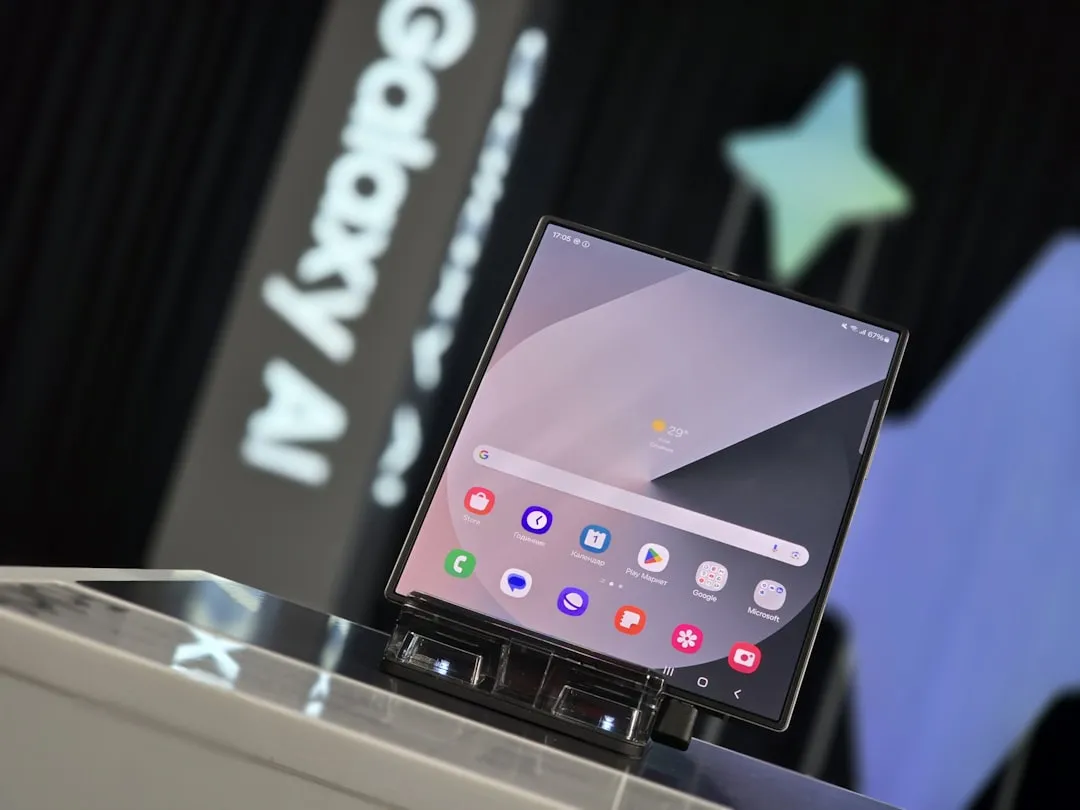
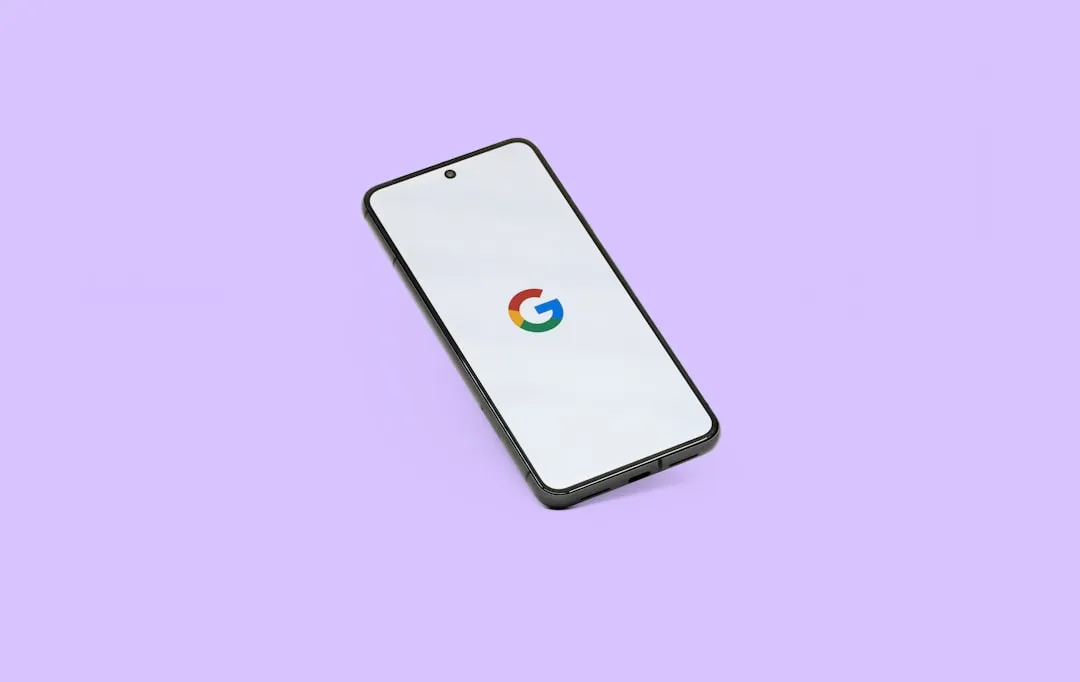


Comments
Be the first, drop a comment!